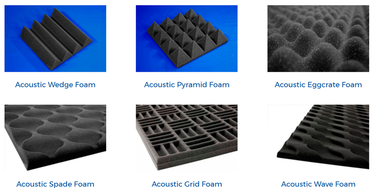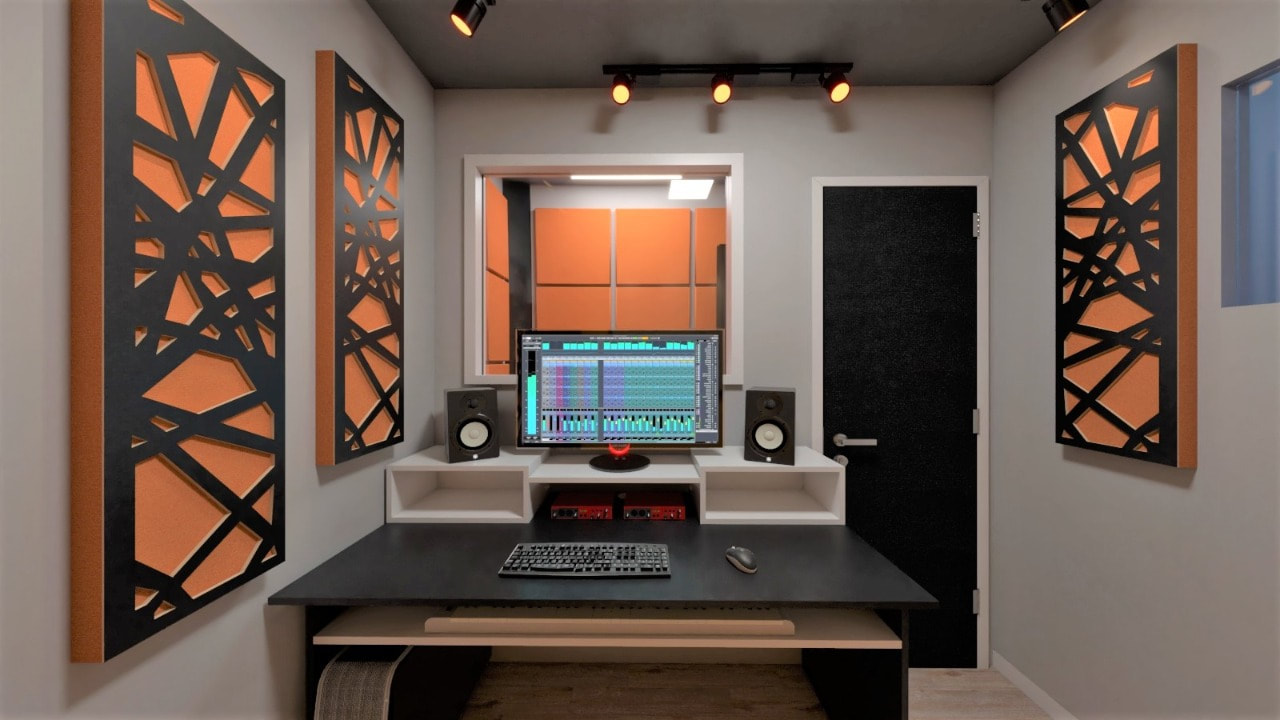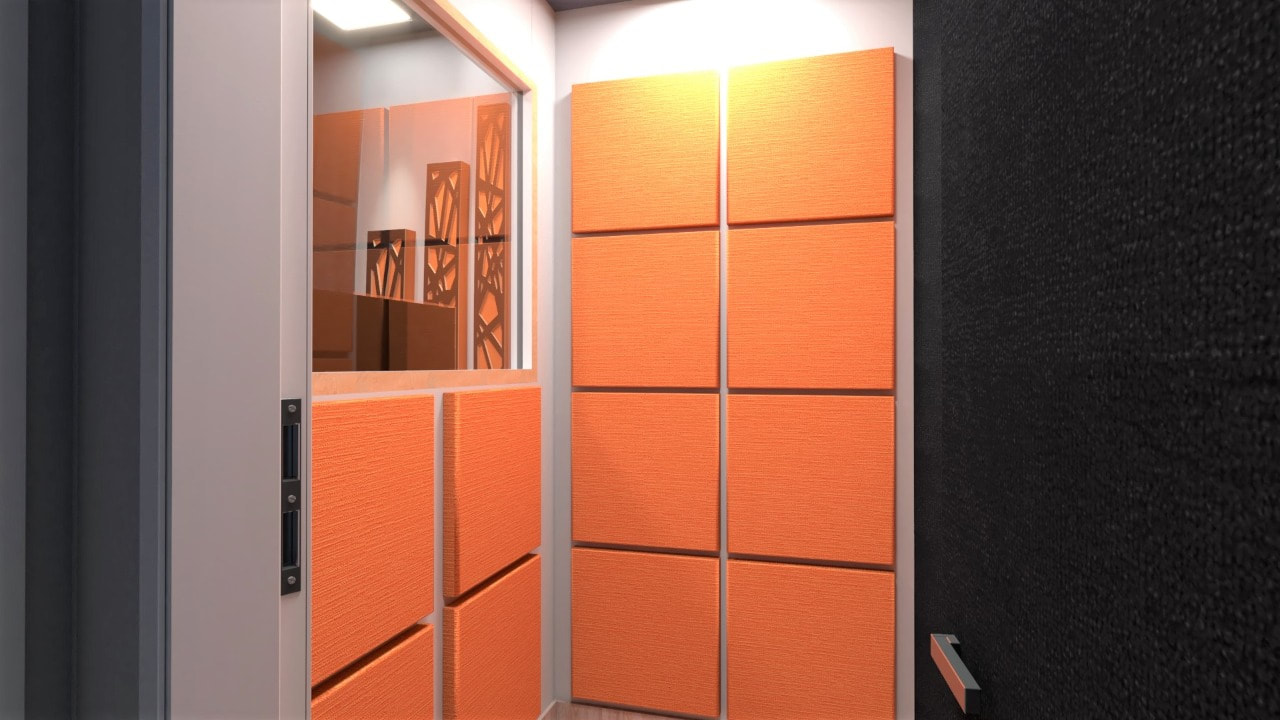| Sound is not easy to control. The moment it is created, it travels in every direction, bouncing off all surfaces. This chaos is known as reverberation. Many artists use reverb on their instruments and voice to to make them stand out. However, When it comes to reverb with voice over, clear speech is essential. It is possible to remove some reverb with software during post-production. Post-production involves editing the original audio and is not the ideal place to fix problems in a recording. Reverb happens to be one of the more complicated problems to fix, so your goal should obviously be to avoid reverb in the first place. Reverb is the reflection of sound of hard, flat surfaces. The opposite type of surface will not reflect sound well. Soft, irregular surfaces tend to absorb sound and reduce reverb. For example, a room with hardwood floors will have much more reverb than a room with carpet. Another thing that contributes to reverb is room size. A large hall will produce a reverb that can last several seconds, and a small room can be less than one. | Sound Absorption Panels work to absorb that extraneous noise while making the room more beautiful. The panels in the studio above are handmade, 90x30 cm and have the accessible price of USD $ 150. The cloth panels 60x60 below are $50 each. The used material is factory rated NRC 0,87 |
The reason is that the sound has a longer distance to travel before reflecting off the surfaces of the room. Sound travels fast, but it is slow enough that a small difference in room size can make a noticeable difference in duration. So, how do you make a studio that has little to no reverb? It can be as easy as grabbing some carpets or bed sheets and covering the floor, windows, door and walls. Even the common objects in a room like bookshelves or furniture play a part in reverb, so remove everything possible.
But let's take a look at some more professional solutions: Acoustic Foam, and Absorption Panels to make a room more beautiful as well.
But let's take a look at some more professional solutions: Acoustic Foam, and Absorption Panels to make a room more beautiful as well.

Acoustic polyurethane foam is designed to improve sound quality. It can also help to dampen sounds or soundproof altogether, thus improving the NRC. NRC stands for Noise Reduction Coefficient and is a standard rating for how well a material absorbs sound. The NRC rating of a material can be viewed as a percentage. For example, an NRC of .75 means 75% of the sound energy that contacts a material is absorbed and is not reflected back into a room. A room that is considered ‘loud’, ‘reverberant’, or ‘echo-ey’ generally needs additional sound absorption. Materials with an NRC rating of .75 or higher are generally considered highly absorptive, and will yield the greatest improvement with the least amount of material
| | |


 RSS Feed
RSS Feed
